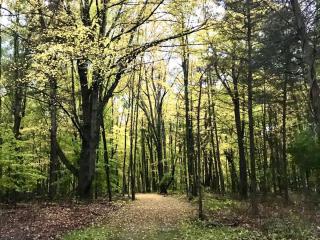Gov. Baker Signs Climate Legislation to achieve Net Zero Greenhouse Gas Emissions by 2050

On March 26th, Governor Baker signed into law An Act Creating a Next Generation Roadmap for Massachusetts Climate Policy heralding a new era of climate policy with a mandate to achieve Net Zero emissions by 2050. (By 2030, the goal is for a 50% reduction from 1990 levels, and by 2040, a 75% reduction.)
Representative Bradley H. Jones, Jr., who represents Lynnfield, served as a member of the Conference Committee that negotiated the differences between the House and Senate versions of the climate bill. He also sponsored language that was incorporated into the final bill promoting the use of natural carbon sequestration by natural and working lands as part of the 2050 Roadmap.
Much of the law addresses the rapidly rising greenhouse gas emissions of carbon dioxide (CO2) and steps to reduce them. Overall, Massachusetts needs to cut greenhouse gas emissions by balancing what is put into the atmosphere from what is removed.
Carbon emissions can be reduced by sequestration, a fancier word for the process of capturing and storing harmful carbon dioxide from the atmosphere. One of the most effective ways to keep carbon right where it belongs is to keep vegetation, since about 30% of the carbon dioxide emitted globally is absorbed by natural vegetation. And trees are a critical vegetative solution for carbon capture.
In recent years, much of the treescape in Lynnfield has been replaced with lawn. Compared to the carbon capture ability of trees which can store 17 to 20 times the amount of carbon than grasses, lawns are relatively poor contributors to a healthy ecosystem. Clearly, leaving trees and forested areas untouched is a formidable method to combat climate change, and one in which everyone can take part.

